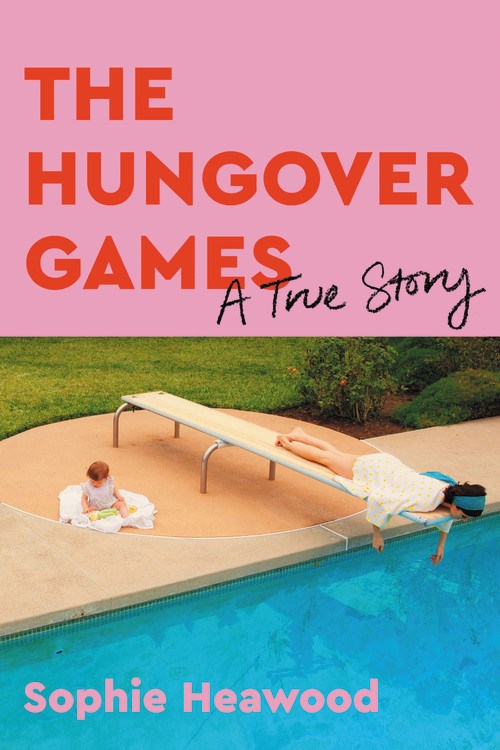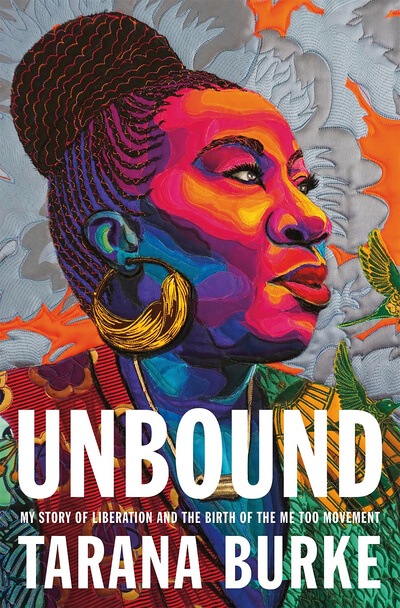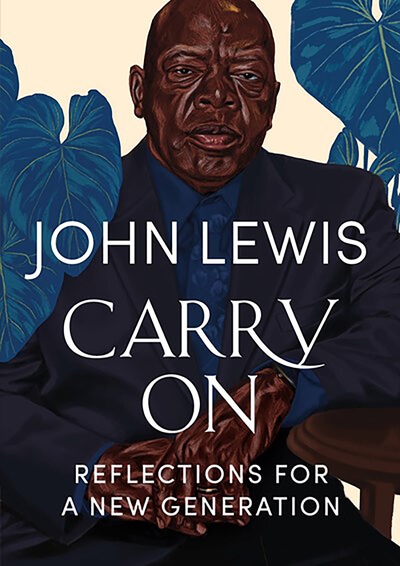Centuries after she published Pride and Prejudice, Jane Austen continues to influence pop culture and inspire spinoffs. Clueless, Bridget Jones’s Diary, Karen Joy Fowler’s The Jane Austen Book Club, novels from Jennifer Weiner and so many others pay homage in ways overt and subtle to the queen of smart British novels. And every new season brings more new Austen adaptations. These two are extra special—one for Janeite traditionalists, the other for readers looking for something totally different.
★ The Other Bennet Sister
Janice Hadlow’s absolutely magical The Other Bennet Sister invites us into the world of one of the less celebrated sisters from Pride and Prejudice, Mary. The middle child, Mary is plain, bookish and completely outshone by her beautiful older sisters, Jane and Lizzy, and her lively younger sisters, Lydia and Kitty. One by one, the other Bennet sisters are married and settled. Yet Mary struggles to find her place in a world oriented around the belief that marriage—not knowledge—is the only path to happiness for women.
The sisters are “all read well enough and knew enough history and geography not to look absolutely foolish in company. Anything more was not only unnecessary, but probably unwise.” Education is not included in Mrs. Bennet’s list of wifely qualities, and she has “no desire to add to her daughters’ disadvantages by burdening them with a reputation for cleverness.”
Mrs. Bennet is borderline abusive to her least charming daughter, and Mary withers in a family that neither supports her thirst for knowledge nor shows her any affection. After her father’s death turns the family estate over to a male cousin, Mary finds herself without a secure home or future. She lands with her aunt and uncle in London where, in the bustling city, she takes the first tentative steps toward choosing her own life trajectory.
Hadlow is a former journalist, having run two of the BBC’s major television channels. It is a marvel that The Other Bennet Sister is her first novel. Her writing is elegant and wry, the story wise and engrossing. I had to keep reminding myself I wasn’t actually reading Austen.
Sansei and Sensibility
Karen Tei Yamashita’s story collection, Sansei and Sensibility, is an equally compelling—if slightly less literal—ode to Austen. A National Book Award finalist for I Hotel, Yamashita is a clever and spare writer. In many of her touching, surreal short stories, she uses Austen as a springboard into tales featuring Japanese Americans in California. (Sansei is a term that means people of Japanese descent born and raised in the Americas.)
“Emi” is a hilarious take on the matchmaking-gone-wrong premise of Emma. In “Giri & Garman,” we see the dashing Fitzwilliam Darcy from Pride and Prejudice reincarnated as Darcy Kabuto II, “captain of the football team, class vice president, and voted best looking, which meant he looked like he was the son of Toshiro Mifune.” (Mifune was a dashing Japanese movie star who appeared in Seven Samurai and Yojimbo.)
But the most powerful entry is “KonMarimasu,” Yamashita’s meditation on the phenomenon of Japanese tidying guru Marie Kondo and how it relates to Japanese Americans’ experiences in World War II internment camps, where families’ few possessions were treasured and, later, passed down. Yamashita writes, “Kondo might say that this stuff in your family archive and this stuff in all these internment museums were parted with to launch them on a new journey. You cogitate the joy spark thing, and you think about simple furniture made from wood scraps, the pink crocheted dress, the sen nin bari, the green high school sweater, the jug of sake, and the waffle iron you know your family smuggled into camp.”
Yamashita’s writing echoes the pain and strength of the Japanese American experience. A potent mashup of Austen and Japanese American culture, Sansei and Sensibility is both entertaining and profound.


 Society journalism—that is, the gossip pages—doesn’t carry the same gravitas as other areas of journalism. That might change with Gatecrasher. Author Ben Widdicombe, a former gossip reporter, shares lessons about the world’s wealthiest people gleaned from attending Academy Awards parties, lunches at Elaine’s and weddings at Mar-a-Lago for the past two decades.
Society journalism—that is, the gossip pages—doesn’t carry the same gravitas as other areas of journalism. That might change with Gatecrasher. Author Ben Widdicombe, a former gossip reporter, shares lessons about the world’s wealthiest people gleaned from attending Academy Awards parties, lunches at Elaine’s and weddings at Mar-a-Lago for the past two decades. British writer Sophie Heawood was living her dream, working as a journalist covering the entertainment industry in LA. She wrote breezy celebrity profiles, went out every night and came home to her tiny Sunset Boulevard apartment.
British writer Sophie Heawood was living her dream, working as a journalist covering the entertainment industry in LA. She wrote breezy celebrity profiles, went out every night and came home to her tiny Sunset Boulevard apartment. Do you think helmets are for wimps and seat belts are for suckers? Is following rules something other people do? If your answer is “Hell, yeah!” then you would’ve loved Action Park, a 35-acre New Jersey amusement park that provided dangerous entertainment for 20 crowded, wild summers beginning in 1978. Gene Mulvihill was the charismatic, impulsive, creative, law-avoiding, retail magnate, millionaire founder, and Andy Mulvihill, who wrote Action Park with journalist Jake Rossen, is his son.
Do you think helmets are for wimps and seat belts are for suckers? Is following rules something other people do? If your answer is “Hell, yeah!” then you would’ve loved Action Park, a 35-acre New Jersey amusement park that provided dangerous entertainment for 20 crowded, wild summers beginning in 1978. Gene Mulvihill was the charismatic, impulsive, creative, law-avoiding, retail magnate, millionaire founder, and Andy Mulvihill, who wrote Action Park with journalist Jake Rossen, is his son.
















